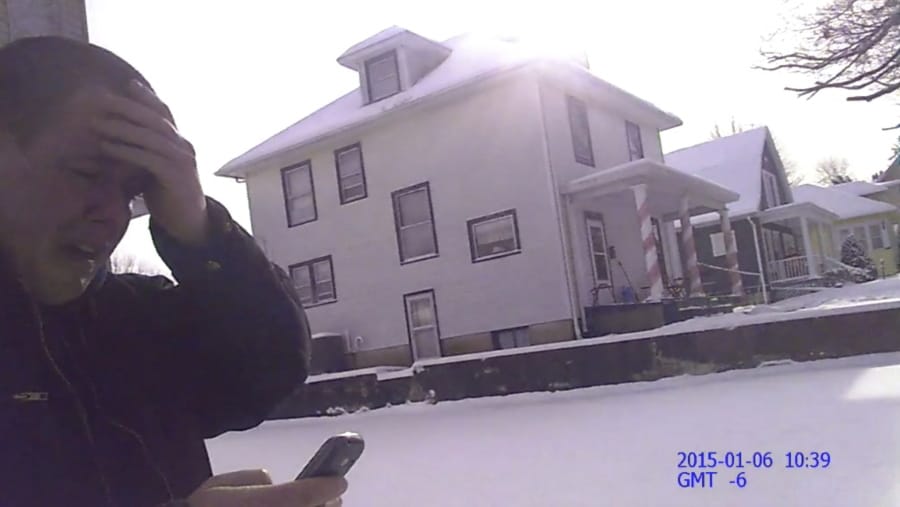Police, sheriff’s deputies, federal agents and other law enforcement officers across the U.S. accidentally fire their weapons every year, sometimes causing injuries and deaths.
No one tracks these shootings nationwide, so The Associated Press collected media reports and surveyed agencies across the country through records requests. It identified 1,422 unintentional discharges at 258 law enforcement agencies since 2012, and obtained detailed reports on 426.
Of those, about half occurred during routine firearms handling, like loading or cleaning, or during training. The other half involved officers who were on-duty or responding to crimes and accidentally fired their weapons while arresting someone or during other high-stress situations.
The AP’s review was not comprehensive due to the nation’s sheer number of law enforcement agencies and a lack of reporting requirements for such shootings, but it provides a snapshot of the broader problem. Here are some findings:
Circumstances
• Accidental discharges while on duty or during active responses: 211
• While training or off-duty: 227
• During a response to a mass shooting or report of mass shooting: 6
• After finding or confiscating a firearm: 15
• During searches: 12
Aftermath
• Accidental discharges where the officer injured himself: 134
• Injured another officer(s): 45
• Injured bystanders: 34
• Injured a suspect: 19
• Killed someone: 21
• Accidental discharges that resulted in a lawsuit: 24
• Resulted in charges against the officer: 17
• Officials decided against charging the officer: 18
Factors
• Accidental discharges that occurred when an officer pulled a firearm out of or put a gun into a holster: 40
• The officer was doing other routine handling of a gun, such as loading or cleaning: 78
• Accidental discharges involving aggressive dogs or other animals: 16
• The officer was otherwise startled: 5
• The officer was struggling with a suspect: 17
• The officer slipped: 17
• The officer’s hand was bumped or scraped: 7
• Accidental discharges involving gun-mounted flashlights: 8
Locations
• Accidental discharges at a school or college: 22
• At an airport: 5
• At a courthouse: 4
• Accidental discharges by law enforcement firearms instructors: 8
— Associated Press



